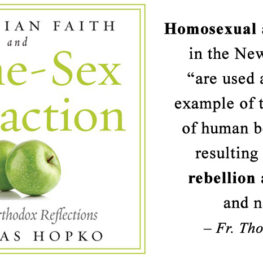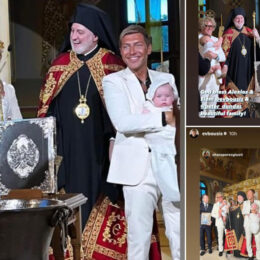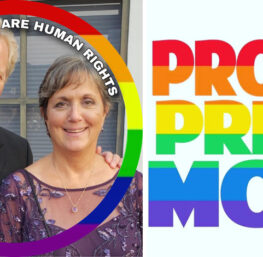Jane Lampman Christian Science Monitor
Today, as in the long-ago past,the scriptures may divide but, in a wider sense, they conquer
The news is brimming with religion. People of faith are taking strong stands on both sides of political issues. Jewish settlers are proclaiming a divine right to hold onto land. Evangelicals travel to tsunami-devastated corners of the world offering their faith as the answer for life’s tribulations.
These manifestations are people’s encounters with Holy Scriptures – and their differing interpretations of what the sacred texts mean.
Over the millennia, both Jewish and Christian communities have been shaped and reshaped by translations and reinterpretations of biblical writings.
In “Whose Bible Is It?,” distinguished religious historian Jaroslav Pelikan of Yale University offers a masterly overview of this complex development of the Bible over the ages. From its beginnings in the spoken word and oral tradition, through the gathering of written books into canons, to the influence of changing interpretive methods, Pelikan weaves a tapestry of the power of the Word to mold religious communities, nations, and culture.



